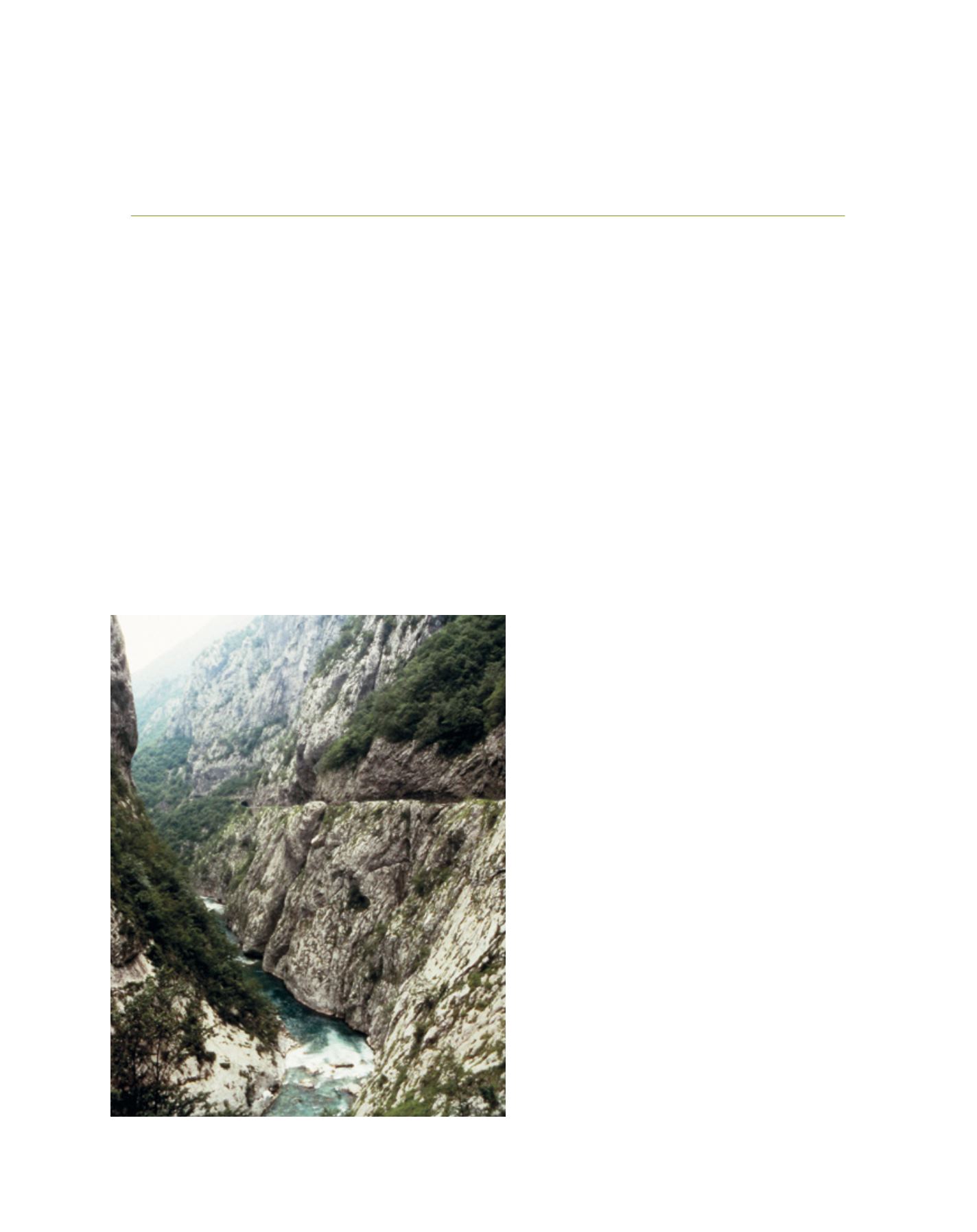

[
] 40
Cooperation over transboundary aquifers:
lessons learned from 10 years of experience
Kirstin I. Conti, PhD Fellow, International Groundwater Resources Assessment Centre
T
he International Groundwater Resource Assessment
Centre (IGRAC) is the UNESCO Global Groundwater
Centre, working under the auspices of WMO and is finan-
cially supported by the Government of the Netherlands. IGRAC
facilitates and promotes international sharing of information
and knowledge required for sustainable development, manage-
ment and governance of groundwater resources worldwide.
Since 2003, IGRAC has been providing independent content and
process support, focusing on transboundary aquifer assessment
and groundwater monitoring.
International cooperation is a cornerstone of IGRAC’s projects
and products. In collaboration with its global partners, it has 445
identified transboundary aquifers worldwide. In many semi-arid
and arid regions, groundwater composes the vast
majority of water use. Recently Marchard de Gramont
estimated that 25 per cent of the human population
worldwide relies on groundwater to meet basic needs
such as drinking, bathing, hygiene, cooking and clean-
ing. In terms of commercial agriculture production,
most recent estimates have shown that between 43 and
65 per cent of water used for crop irrigation is ground-
water. In Europe, over 80 per cent of drinking water
is supplied from groundwater. Meanwhile the World
Bank has noted that increasing access to groundwater
has been a major catalyst of growth and development
in Africa, Latin America and Asia.
Given these circumstances, transboundary aqui-
fers are a critically important natural resource. The
vast majority of the world’s countries share aquifers
with their neighbours. Since its inception, IGRAC
has fostered cooperation among the international
groundwater community and the water community
at large. This began in 2003 when IGRAC conducted
an inventory of existing guidelines and protocols
for groundwater assessment and monitoring. The
inventory was aimed at improving the international
community’s access to monitoring guidelines and
protocols that might be useful to them. To confront
these challenges, IGRAC assembled a working group
of specialists from 12 countries to develop a guide-
line on groundwater monitoring for general reference
purposes. The guideline was completed in 2006 and
translated into Spanish a year later. Following the
same objective, IGRAC developed an online database
containing structured information from about 400
guidelines and protocols.
In the last several years, assessment of trans-
boundary aquifers has become one of IGRAC’s main
activities. The major transboundary aquifer assess-
ment activities at IGRAC are carried out within the
framework of the Internationally Shared Aquifer
Resource Management Programme (ISARM), assess-
mentsof transboundary waters for the United Nations
Economic Commission for Europe, and Global
Environment Facility (GEF) projects. International
cooperation has been a key component of each of
these programmes, wherein multiple countries are
required to agree upon the parameters for identify-
ing and/or assessing shared groundwater resources.
T
ransboundary
W
ater
M
anagement
The Moraca River flowing in karst formation in the Dinaric region of South-East Europe
Image: N. Kresic


















